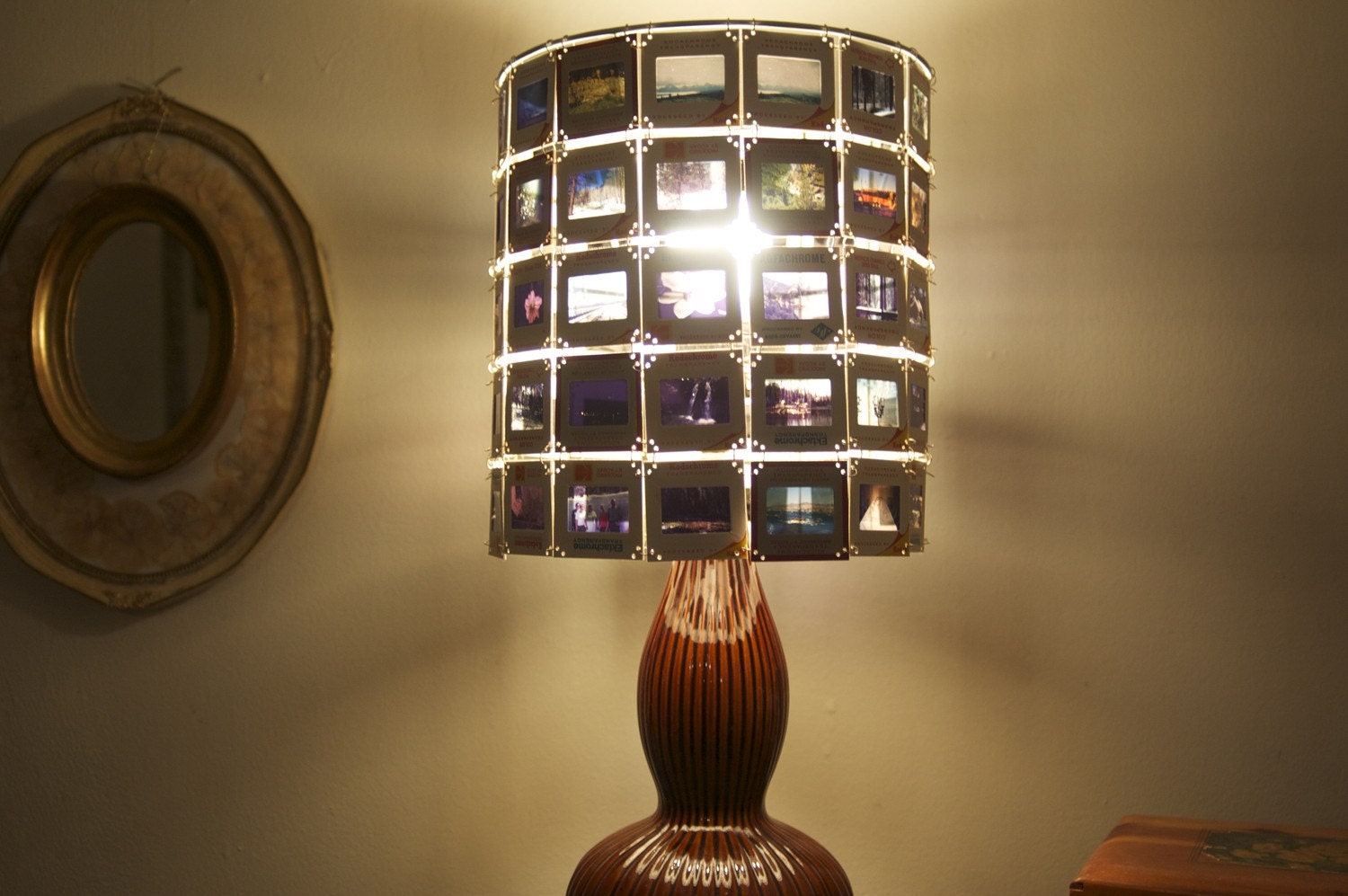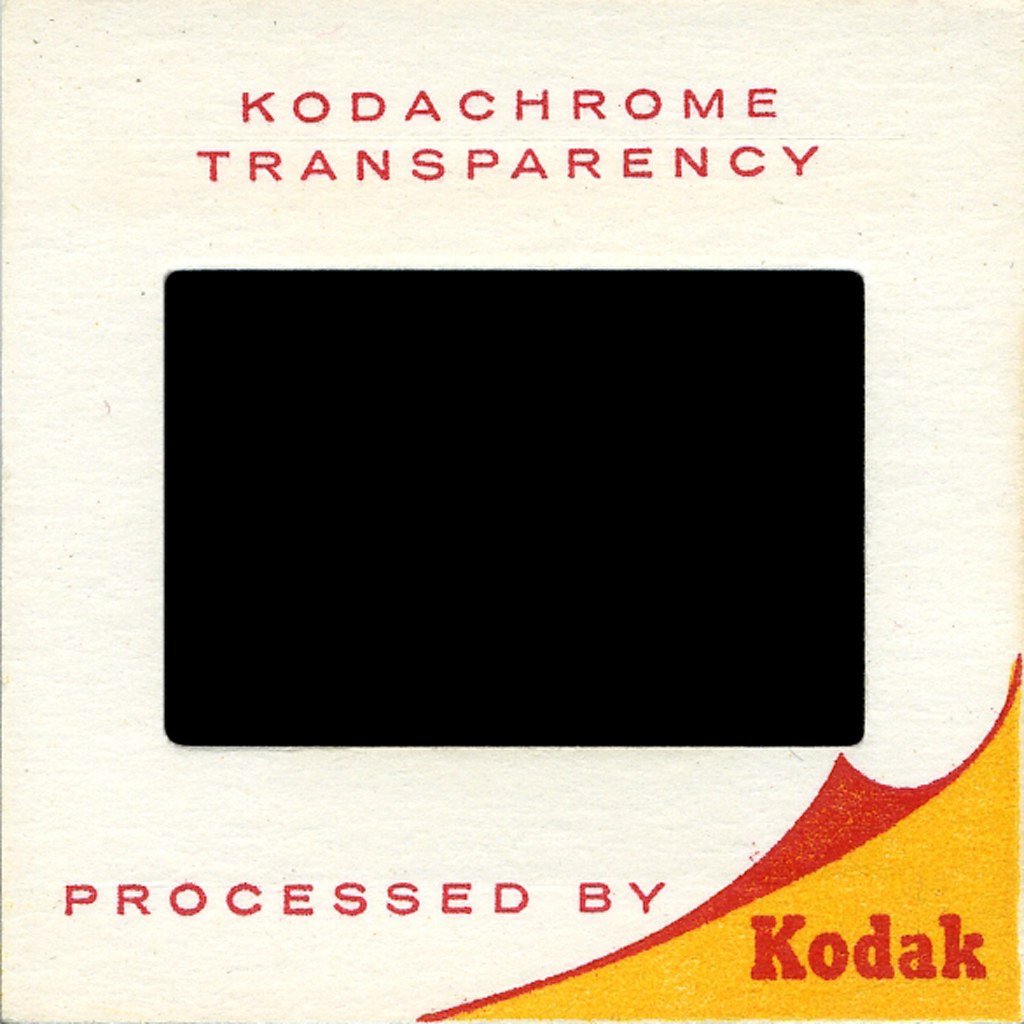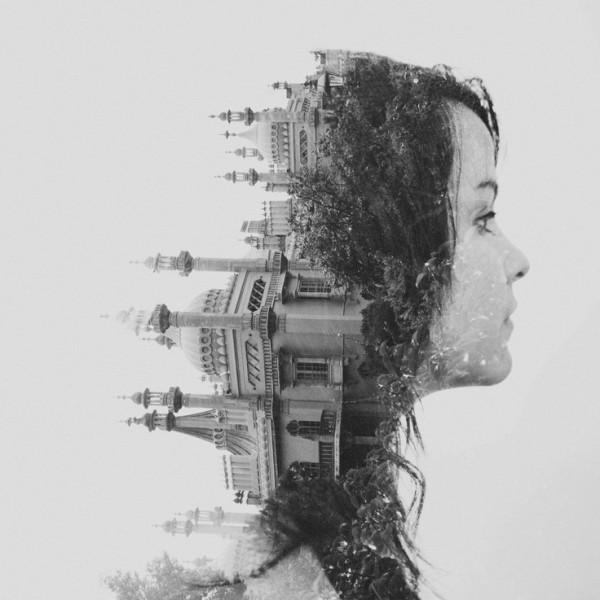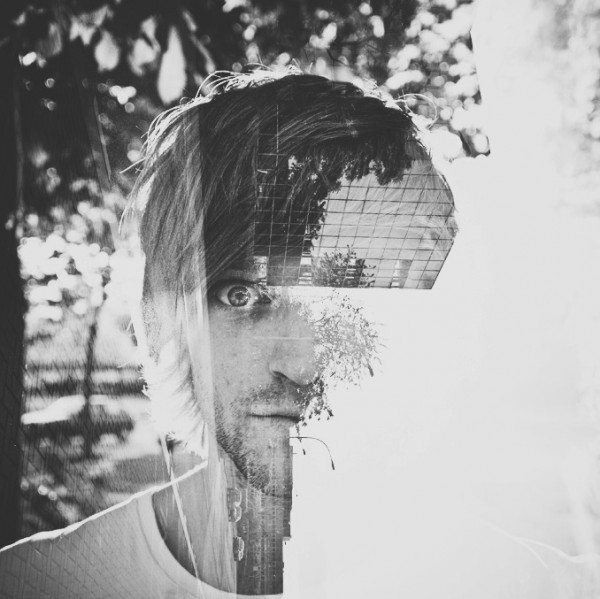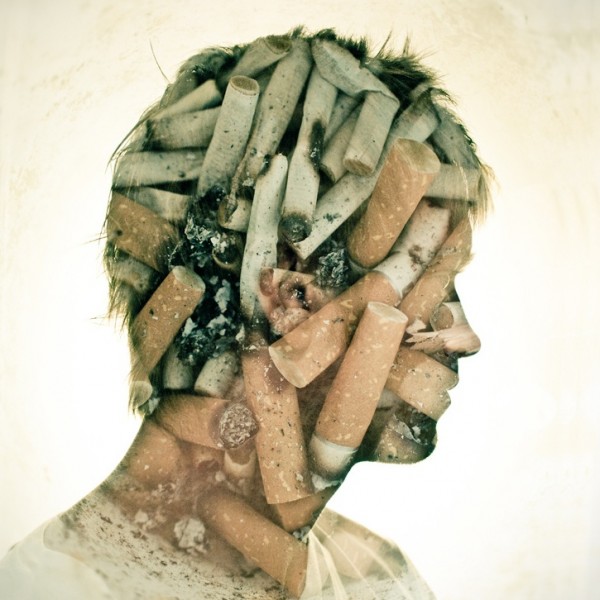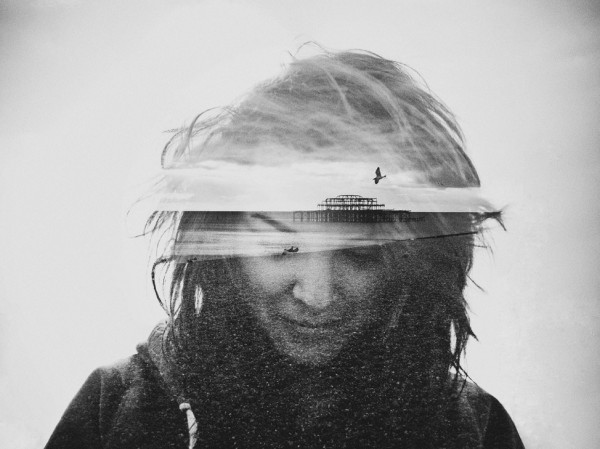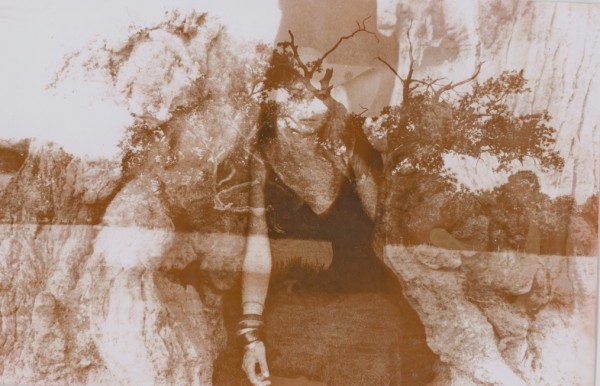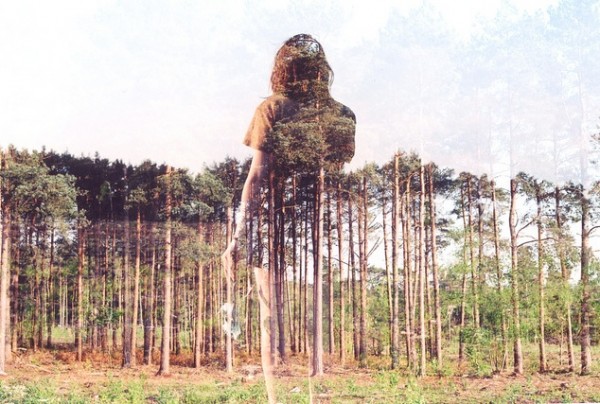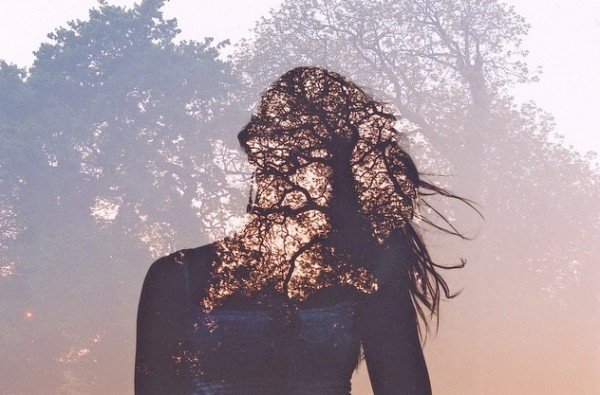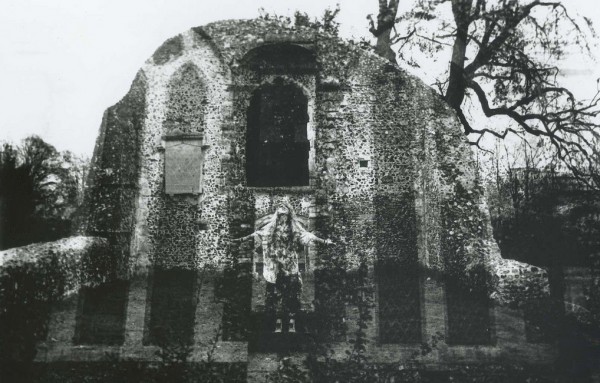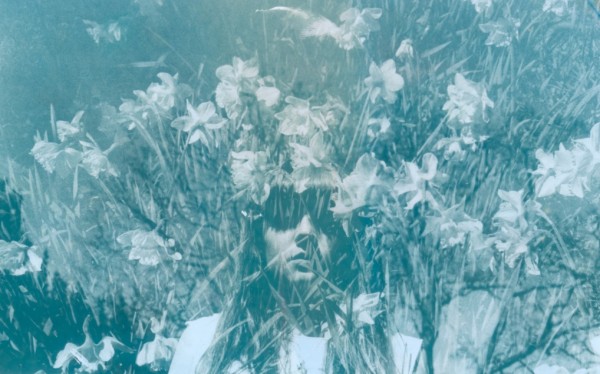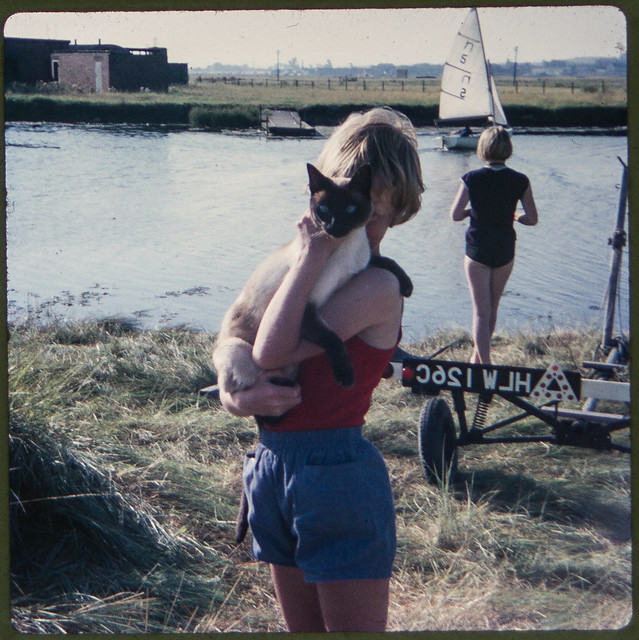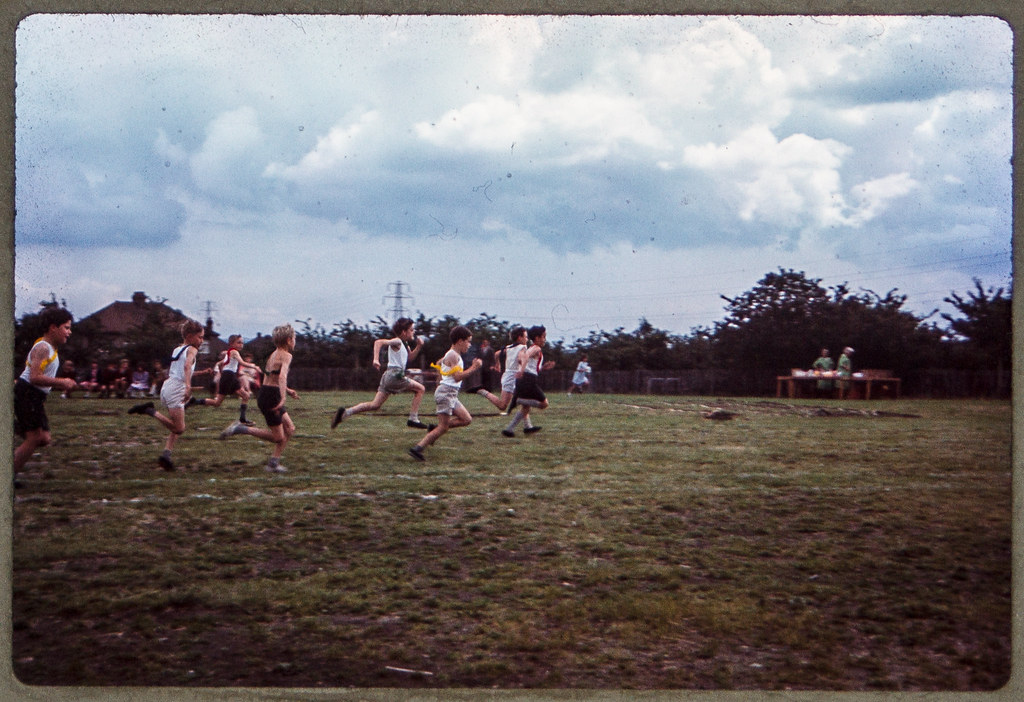A couple of things have sprung into my head whilst I have been planning my Commission unit work.
I'd like to involve positive photographic slides as the main representation of recycled/un-wasted photography. The content featured within these slides will be examples of Photography taken in and around the local area of Medway during the timespan of Kodachrome (1950's-2010). The slides were taken by various members of my family during this time and have since been passed down to me because nobody wanted them. They are essentially photographic waste which I wish to recycle.
In order to photograph them effectively, the slides themselves will have to be lit appropriately without compromising the overall effect of an image. This will probably best be done in a studio environment so I am able to control the light as accurately as possible. To illuminate the slides I plan to experiment with various types of lighting, but I hope to be able to use backlighting as the "key ingredient" of the shoot, but this would be problematic in terms of flare etc. But then that is the point of testing and experimenting for the shoot beforehand.
These are various ways in which I can photograph the slides, including physically creating a "lamp shade". I particularly like the idea of creating some form of still life using a large illuminated surface and placing the slides on this and using the light from underneath. The soft, diffused nature of the light being used in this way will hopefully negate any flare and exposure problems, but the opaque surfaces of the slides may become silhouetted. I will therefore have to think about employing some form of fill light from above, but not enough as to ruin the images inside the slides.
I'm sure backlighting will be the best way to do this, so my next post will be about lighting experimentation. Laterz y'all!
Tuesday, 21 February 2012
Sunday, 19 February 2012
What is Kodachrome?
The last few blog posts have referenced a type of photographic process called Kodachrome. So if you're wondering what it is then hopefully this post will explain it in a little more detail.
"Kodachrome is a type of color reversal film introduced by Eastman Kodak in 1935. It was one of the first successful colour materials and was used for both cinematography and stills photography. Because of its complex processing requirements, the film was sold process-paid until 1954 in the United States where a legal ruling prohibited this. Elsewhere, this arrangement continued. Kodachrome was the subject of a Paul Simon song and a US state park was named after it. For many years it was used for professional color photography, especially for images intended for publication in print media. Because of the uptake of alternative photographic materials, its complex processing and the widespread transition to digital photography, Kodachrome lost its market share, its manufacture was discontinued in 2009 and film processing ended in 2010."
Taken from: http://en.wikipedia.org/wiki/Kodachrome
Kodachrome is pretty much a way of making photography from before my time, and I am sad that I will never get to truly experience making and taking photographs using this prestigious process. But alas, sometimes things have to come to an end - I'm one of the "digital generation" and will probably end up using this as my main medium, but we should never forget our roots and our history.
Thousands of Kodachrome positive slides have been produced over the years and each one has a little bit of history hidden within it. I would love to create something that is able to tap into these memories and express them a little better than have been in the past.
Jacki Vance-Kuss
Jacki Vance-Kuss is a Fibre Artist from Ohio, in the United States Of America. She has a very strong passion for more traditional film photography rather than the newer digital way of taking photographs. She often collects old negatives and slides from multiple sources and recycles them to create stunning prints, other artistic creations and pieces. Her blog can be found here:
http://www.craftbangboom.com/
http://www.flickr.com/photos/yarnzombie/
"This is a print from one of the negatives of the Paris/WWII lot I bought up in Cleveland. The negs were a weird size - bigger than 3x4, smaller than 4x5, but I managed to make them work in the enlarger. I printed the pics onto Arista Classic white Matte paper, grade #3. The paper dates back to around the mid-70s, most likely, but it still prints great. The paper gets curly, though."
She uses her blog to showcase her interest in different photographic techniques and experiments. She experiments with using old negatives and paper to create prints today, to see how age has affected the materials and how they have worn away - if they have at all. Her work is very interesting and visually stimulating because of the way that she has no control over what she has already embedded within the negative. The fact that she is only able to print the pictures is a limitation in itself but also enables good boundaries for her creativity and technical creation. She also shoots photographs however, but she is a scavenger/printer at heart.
One piece of work in particular that caught my eye was the way she recycled old Kodachrome slides to create actual objects such as curtains or a lamp shade. This idea of using a photographic negative in a more literal sense appeals to me as it shows a way of using photographs that have long since become obsolete, unimportant, neglected or forgotten as a way of telling stories from the past and showing the memories embedded within. These photographs that were once wasted and unused, now have a purpose once more and are able to be viewed in keeping with their original purpose.
http://www.craftbangboom.com/
http://www.flickr.com/photos/yarnzombie/
"This is a print from one of the negatives of the Paris/WWII lot I bought up in Cleveland. The negs were a weird size - bigger than 3x4, smaller than 4x5, but I managed to make them work in the enlarger. I printed the pics onto Arista Classic white Matte paper, grade #3. The paper dates back to around the mid-70s, most likely, but it still prints great. The paper gets curly, though."
She uses her blog to showcase her interest in different photographic techniques and experiments. She experiments with using old negatives and paper to create prints today, to see how age has affected the materials and how they have worn away - if they have at all. Her work is very interesting and visually stimulating because of the way that she has no control over what she has already embedded within the negative. The fact that she is only able to print the pictures is a limitation in itself but also enables good boundaries for her creativity and technical creation. She also shoots photographs however, but she is a scavenger/printer at heart.
One piece of work in particular that caught my eye was the way she recycled old Kodachrome slides to create actual objects such as curtains or a lamp shade. This idea of using a photographic negative in a more literal sense appeals to me as it shows a way of using photographs that have long since become obsolete, unimportant, neglected or forgotten as a way of telling stories from the past and showing the memories embedded within. These photographs that were once wasted and unused, now have a purpose once more and are able to be viewed in keeping with their original purpose.
"Here's the finished curtains I made out of Kodachrome slides! The slides date from the 50s and early 60s, and are all from a lot of slides I got in Kansas City last fall. The majority of slides on the right panel are of horses. Go figure. Travis drilled 8 holes in the slides using a Dremel tool in a Dremel drill press thingy, and I connected them all using aluminium chainmail rings."
These old Kodachrome slides have been joined together with metal links to create a pair of curtains, they are flexible and actually very good at their function and look amazing. Jacki has made excellent use of exterior light found outside the door's window - it is a natural light-box in full effect.
I would very much like to create something similar to this for my "waste/commission" unit as I think that it is a very interesting way of reusing old photographs and giving them a purpose again.
Saturday, 18 February 2012
Commission Research by Bradley Helbert
Dan Mountford
| Location |
Brighton, United Kingdom
|
|---|---|
| About |
Graphic Design & Illustration
|
| Biography |
20 years old.
second year graphic design student at Brighton university. Completed work for: The Economist, Simon & Schuster, Urban Outfitters, EMI Records, Velvet Hammer, Blood Is the New Black, Gestalten. |
|---|
Great Flickr find: the amazing double exposure work of British Photographer/Graphic Designer Dan Mountford. Dan plays with reflection and double exposure (and little bit of photoshop) to get to a final result that looks pretty awesome!
Oliver Morris
Similar to Dan Mountford, this is the work of student photographer Olivier Moriss. Shooting with a 35mm camera, Moriss’ uses great double exposure composition, layering silhouettes with landscapes. The result is stunning
Tuesday, 14 February 2012
A little bit of history
 I have recently become the owner/curator of a large collection of family Kodachrome slides, taken between the 1950's and 2000's. I wanted to be able to use these in my work in some way as a way of recycling images that have for years been considered "waste" by my family. There are so many memories hidden in these old photographs that I wanted to showcase in some way again. There are hundreds of photographs in this collection that have been taken all around the world, but the majority of them were snapped up in the vicinity of the Medway Area, where my father's family spent a great deal of time over the years. I photographed a few examples to show the type of content that is included within the collection, using a fairly straightforward setup at home involving my digital camera, studio flashes & reflectors. These photographs aren't scans of the slides, but rather photographs of them with clever use of backlighting to show their content. I am very interested with this idea of backlighting and would like to implement this into my shoot somehow.
I have recently become the owner/curator of a large collection of family Kodachrome slides, taken between the 1950's and 2000's. I wanted to be able to use these in my work in some way as a way of recycling images that have for years been considered "waste" by my family. There are so many memories hidden in these old photographs that I wanted to showcase in some way again. There are hundreds of photographs in this collection that have been taken all around the world, but the majority of them were snapped up in the vicinity of the Medway Area, where my father's family spent a great deal of time over the years. I photographed a few examples to show the type of content that is included within the collection, using a fairly straightforward setup at home involving my digital camera, studio flashes & reflectors. These photographs aren't scans of the slides, but rather photographs of them with clever use of backlighting to show their content. I am very interested with this idea of backlighting and would like to implement this into my shoot somehow.My simplistic makeshift setup for photographing these slides, not that great in terms of quality, but it gets the job done. The RAW digital files are then cropped in photoshop.
I am on the lookout for a better system of "digitizing" these slides whilst maximising the quality contained within them - I don't think I am getting anywhere near the optimum quality at the moment.
Subscribe to:
Posts (Atom)
